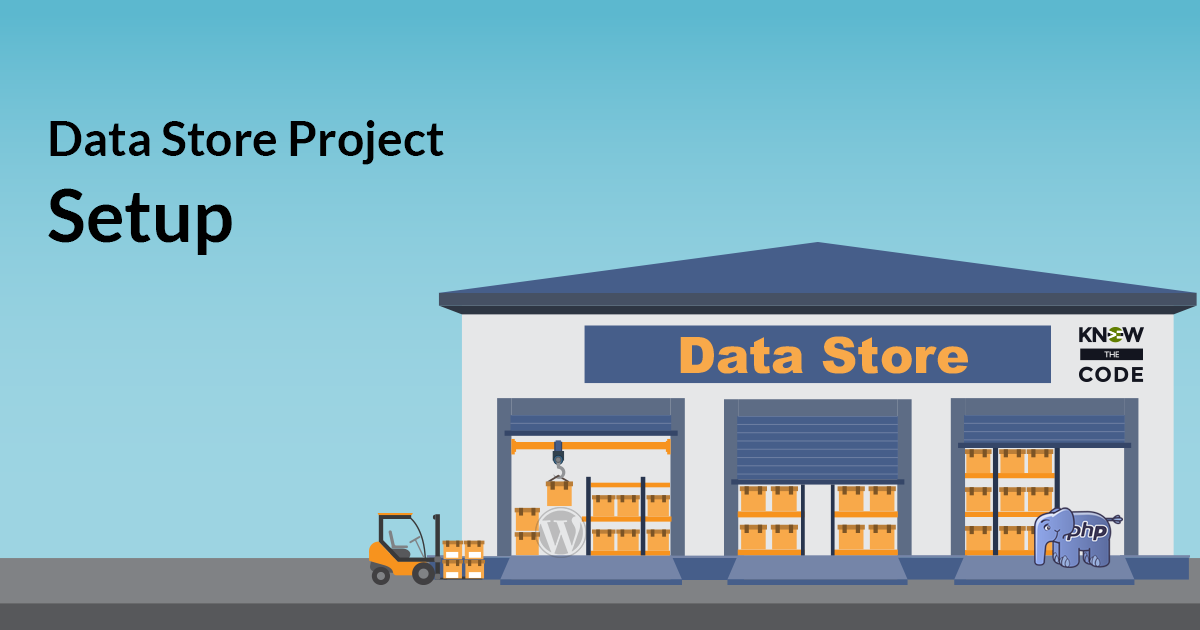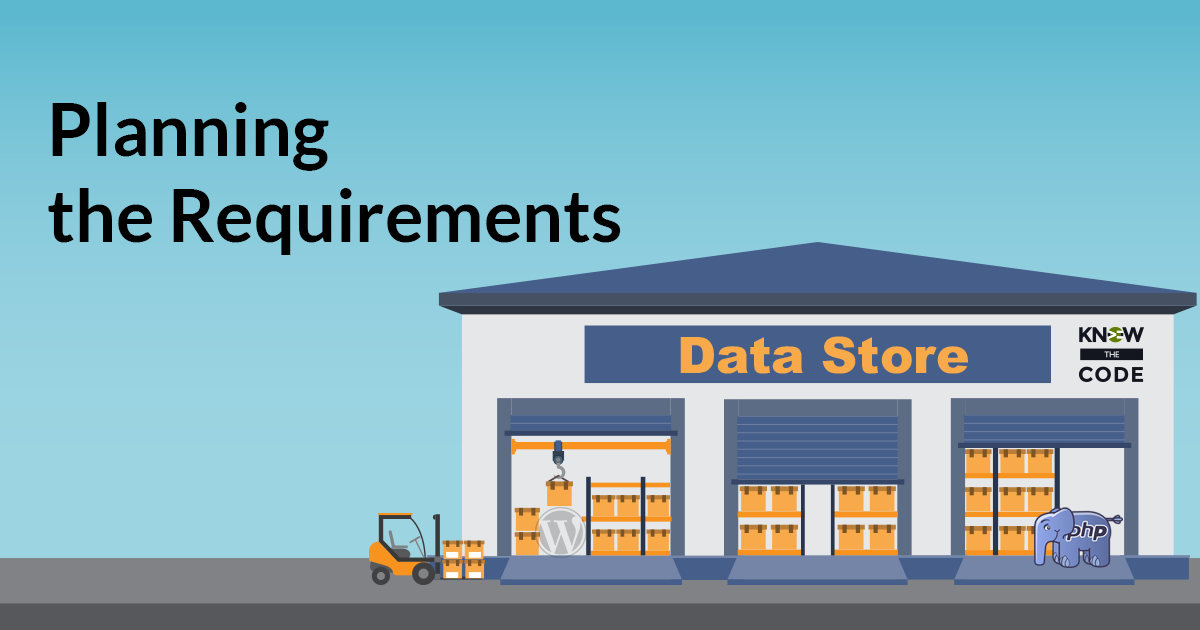We’re done with both requirements documents. It’s time to push the branch to GitHub. In this episode, you’ll: Push the branch to GitHub Create a Pull Request (PR) Change the master repo to your GitHub account instead of the original on Know the Code Walk through the PR GUI Merge it into the master branch Delete the requirements branch Pull the updated master branch down to your machine to sync you up with GitHub
Labs
Labs are hands-on coding projects that you build along with Tonya as she explains the code, concepts, and thought processes behind it. You can use the labs to further your code knowledge or to use right in your projects. Each lab ties into the Docx to ensure you have the information you need.
Each lab is designed to further your understanding and mastery of code. You learn more about how to think about its construction, quality, maintainability, programmatic and logical thought, and problem-solving. While you may be building a specific thing, Tonya presents the why of it to make it adaptable far beyond that specific implementation, thereby giving you the means to make it your own, in any context.
Walk Through the Plugin’s Code
Everything is installed on your local machine. Let’s walk through the plugin’s code together. You’ll also commit the updated composer.lockfile and fix the root namespace too. Then you’ll push those changes to your repo on GitHub.
Setup Local by Flywheel’s Server
If you are using Local by Flywheel, you need to install and setup PHPUnit before you can get to work. SSH into your project’s server Download this script Then you’ll follow the instructions to finish the installation and setup.
Fork and Clone Starter Plugin
You need a copy of the starter plugin. In this episode, you’ll Fork the plugin to your personal GitHub account Clone your copy of the plugin into your local project, i.e. onto your computer Test out that it’s wired to GitHub with git statusand git remote -v At this point, make sure you have the git aliases setup on your machine. If you haven’t already done Git Productive lab, you can grab the aliases for your .gitconfig file in this gist.

Data Store – Project Setup
Before we start the project, you need to setup the project’s environment. You’ll use this environment and workflow throughout the series to plan, build, test, and validate the data store. You’ll fork the starter plugin, clone it to your local machine, run the starter test suite, and walk through the plugin’s architecture and setup.
Feature: Empty the Data Store
There are times when you want to empty all of the items from the Data Store. For example: When testing, you want to clean up after a test case. Another example is when the data has been used and is no longer needed. In this case, you are releasing the memory for better performance, i.e. optimization.
Defining the Container: Data Type & Retain
Let’s define the container’s data type and how to retain the items in the container. There are different strategies: JSON file database in-memory cache – such as Redis in-memory using a PHP data type We’ll discuss the problems and strengths of each. If you’d like to learn more about in-memory PHP data type, checkout the Array Data Type in the PHP Docx.
Identifying Items in the Store
Let’s discuss strategies for identifying the items in the data store. In this episode, you’ll: Figure out all of the important attributes for our identifiers Come up with a naming convention that supports those attributes More Information If you are interested in learning more about identifies, an Array Data Type in the PHP Docx is a great place to go. Check out the “Understanding the Keys” section to discover more about unique identifiers, which in this case is called a key.
Document the Basics
Let’s document the basic attributes and functionality we discussed in the last episode. Here’s what you’ll be doing: Get overview of markdown. Here’s a link to a Markdown Cheatsheet. Add a docs/requirements/basics.md file to the plugin. Create a new branch with git. Commit the changes into the branch. Note: If you don’t have the git aliases set up yet on your machine, then stop here and go do the Git Productive lab. It will speed up your workflow.

Data Store – Planning the Requirements
Before we can build the data store, we need to understand what it is we need to build. In this lab, you’ll think through each of the requirements, working to define what makes a store a store, how to interact with it, what functionality is needed, and conceptually how to achieve it, and then what approaches you’ll employ in the series.
